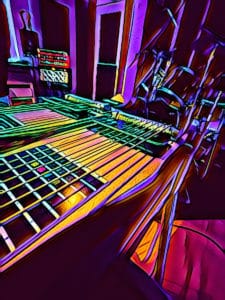As an Amazon Associate Playpedalsteel.com earns from qualifying purchases. This page contains affiliate links.
Pedal steel guitar is one of those rare instruments that most people have heard before, but have no idea what it is. The instrument is heard on countless recordings and stages across the world, and it has a distinct sound that catches the ears.
Even though it is relatively unknown among listeners, the pedal steel guitar is less mysterious than it seems.
Taking a closer look at how it works, its history, the music it is heard in, and even where to buy them is a great way to learn more about this intriguing instrument…
- What Is A Pedal Steel?
- How Does It Work?
- Styles of Music Played on a Pedal Steel
- How To Play Pedal Steel
- High Output Pickups
- How Many Strings Does A Pedal Steel Usually Have?
- The Pedal Steel’s E9 and C6 Tunings
- Pedal Steel Guitar Songs
- Buying a Pedal Steel: Today’s Market
- The Sound Of The Pedal Steel
- Best Pedal Steel Players
- Pedal Steel in Country Music
What Is A Pedal Steel?
A pedal steel guitar is an instrument that evolved out of the traditional use of lap steel in Hawaiian music. It is similar to a regular electric guitar, however the instrument is played with the strings parallel to the ground and you sit behind it similar to a piano player.
The instrument is played with a bar, which you use to fret the notes as your right hand picks the strings. As you play, you have the option of pressing floor pedals with your left foot that raise or lower a string’s pitch.
There are also knee levers that you can push that alter the strings’ pitches in the same way. You typically use a volume pedal that is placed under your right foot, which enables you to sustain notes longer and create expressive dynamics.
The Instrument’s History
When Hawaiian music became popular all over the world in the early 1900s, the steel guitar was at the forefront. Joseph Kekuku is often credited with inventing the sound of steel guitar as we know it in the late 1800s. He discovered the unique sound that could be made when he slid a railroad spike along the strings of his guitar.
A Hawaiian native, Kekuku’s sonic curiosity eventually led to the invention of lap steel guitars and console steel guitars. Lap steel guitars are played horizontally on a player’s lap, and console steel guitars have a body that attaches to legs much like a pedal steel guitar.
In the middle of the 20th century, steel guitar players learned that it was possible to fasten rods to their steel guitars to bend certain strings. This advancement was primitive at first, but once steel guitar builders could begin to incorporate this innovation more efficiently then pedal steels began to really take off.
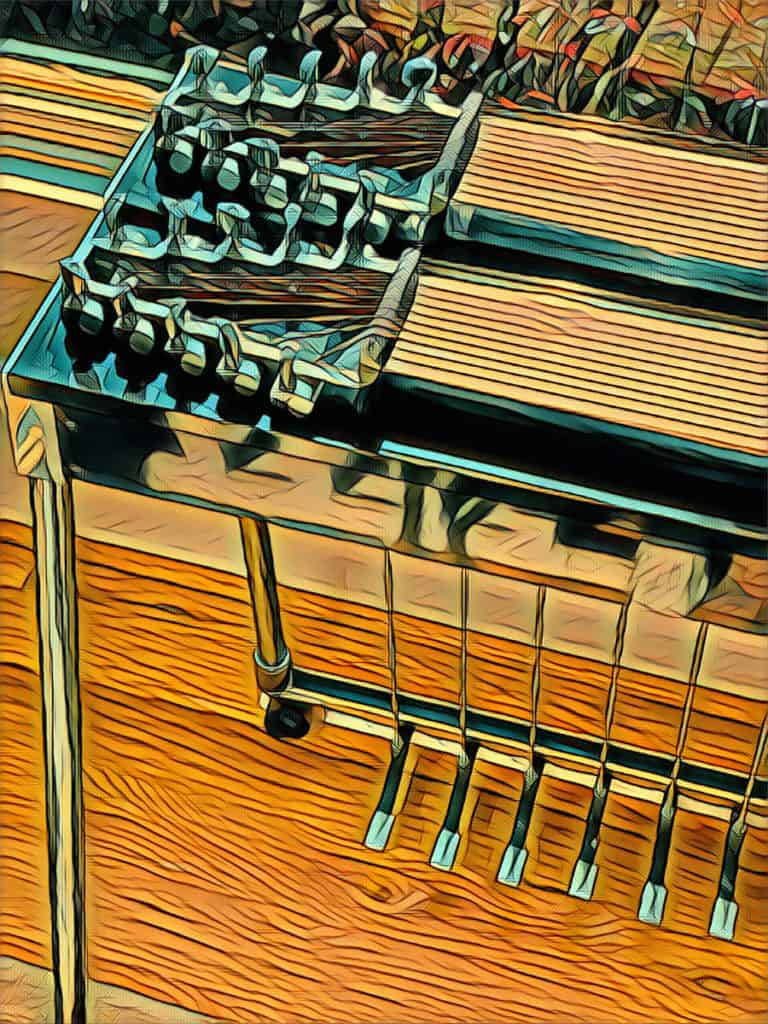
Pedal steel gained a lot of momentum in country music of the 1960s and 1970s, and also spanned into other genres. To this day, pedal steel can be heard on countless recordings and many artists also include it in their live shows. Even though pedal steel isn’t a household name, it has probably been heard on some recording by most people even if they weren’t aware of it.
How Does It Work?
When a player presses down on the foot pedals, the pedal’s rods pull on a cross rod that is attached to the undercarriage of the steel guitar.
This cross rod has pull rods connected to it that extend to the changer mechanism near the bridge or pickup area of the pedal steel. These pull rods are attached to individual changer fingers and springs that push, pull, or release the strings that are attached to the bridge.
In this way, the pitches of individual or a combination of strings can be raised or lowered in pitch.
This is similar to how a guitar player bends notes with their fingers, however the pedal steel is able to do this mechanically because of its design.
The Pedal Steel’s Body: Single Neck or Double Neck
A pedal steel guitar’s body, which is sometimes referred to as its cabinet, is held up and supported by four legs that attach to the bottom of the guitar.
Most pedal steels are built with one or two necks on the body of the guitar. The neck of the steel guitar encompasses the fretboard area and length of the strings in general.
Each neck is usually mounted to, or slightly raised from, the cabinet of the guitar and usually has a specific tuning. Pedal steels with only one neck built into the body are referred to as a single neck guitar, while ones with two necks are commonly called double neck pedal steels.
The main purpose for having multiple necks on a pedal steel is to provide players with different tunings. Some vintage steel guitars can even have up to four necks built into the guitar, each usually having 8 to 10 strings.
Most double neck pedal steels have the E9 tuning on one neck, and the other is usually a C6 tuning.
Pedal Steel Maintenance and Restoration
Many of the pedal steel’s parts, particularly the rods that mechanically help with raising and lowering strings, are made out of metal.
These parts often rub against each other as pedal and levers are engaged, which causes friction. To avoid damaging the instrument at these points of contact, the pedal steel needs to be properly lubricated on a regular basis.
If a player plays frequently, it is a good idea to add oil to the pedal steel a few times a year. At any place where there is metal to metal contact, a little bit should be applied. This includes the changer fingers and many parts of the changer mechanism.
Be sure to use a specific type of lubrication. Don’t use WD-40, which is known to cause problems. Often, using turbine oil works well, and mechanics often use this for airplanes. A bottle of turbine oil can often be found at your local hardware store for a relatively low cost.
When adding the oil, a little bit goes a long way. Using a paint brush, specifically the smaller kinds that artists will often use, is a great way to apply a small amount. Also, the brush helps reach certain parts of the undercarriage and changer mechanism that can be hard to reach with the fingers or bottle.
If a pedal steel isn’t playing properly, or needs to be setup, then it will usually need work done to it to get it fully functional and playing in tune.
Because of how niche the instrument is, as well as its mechanical complexity, there is a relatively low amount of professional restorers available for the instrument. Most general music stores, even if they have a professional guitar repairmen, won’t have the knowledge and skills to work on a pedal steel.
Finding a person that specializes in pedal steel repairs and restoration is usually a matter of networking with other players to find out the best options. Some people that restore pedal steels professionally work out of their own shops at home.
Also, many pedal steel builders and manufacturers will have the ability to work on certain pedal steel guitars. Usually the work requires highly skilled machining, a deep knowledge of how the instrument works, the necessary parts and tools, and a knowledge of various types of pedal steels.
Styles of Music Played on a Pedal Steel
Like most instruments, the pedal steel is capable of playing a wide array of musical styles. How the pedal steel is used within a band, song, or style of music depends on the player’s creativity, skills, and taste.
The instrument is capable of providing melodic, harmonic, and rhythmic options to music. Pedal steels can be used to create riffs, fills, chord vamps, solos, and more within songs.
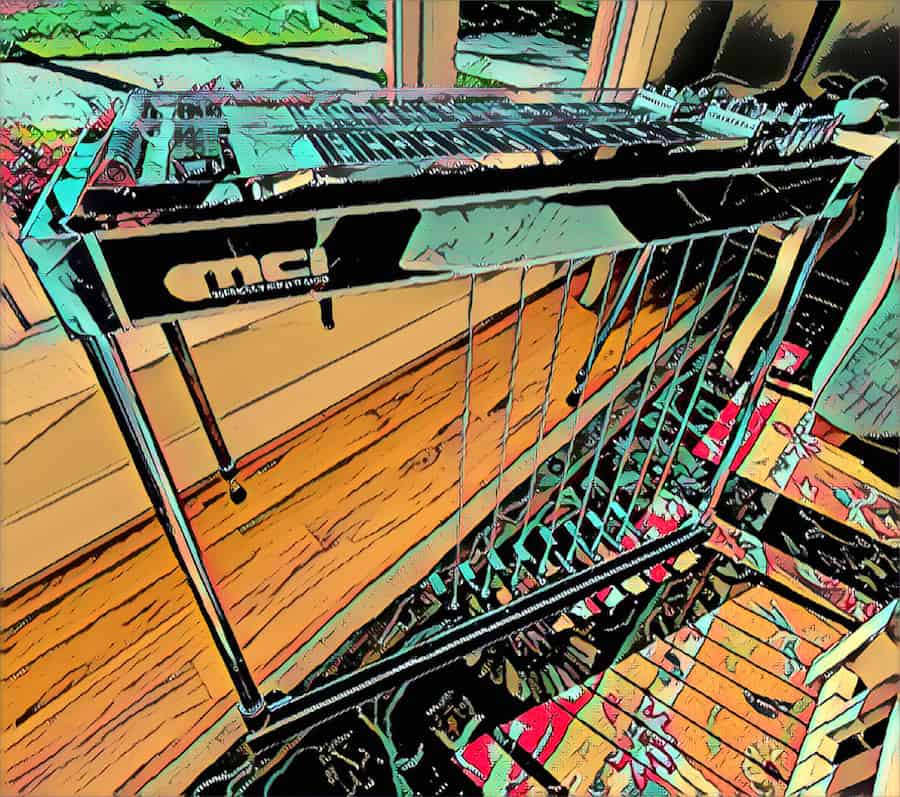
Furthermore, the instrument is quite diverse from a melodic and harmonic standpoint. Through it, a player has the ability to play single notes, harmonized intervals, chords, and even counterpoint movements.
Also, the instrument is great for playing arrangements that feature the chords and melody at the same time.
How To Play Pedal Steel
Pedal steel guitars share some similarities to regular guitar, however the main difference in playing is that you’ll use a bar to “fret” the notes and have to mute certain strings with your picking hand.
Playing pedal steel can be challenging because of how many playing variables and techniques that happen simultaneously. However, taking a closer look at these individual components can be beneficial and make playing easier…
Right Hand Picking
Often called right hand blocking, any strings that aren’t being played need to be muted to reduce unwanted notes from ringing out. This is because any notes that aren’t muted with the right hand will likely sound dissonant and unintended as the bar is moved along the neck.
As you pick notes on the pedal steel, you’ll notice that it they are much more likely to ring out compared to using a pick for guitar. Most players use a thumb pick and two finger picks, which help give the notes more sustain.
To mute strings with your right hand, often the palm is rested gently along the strings near the pickup of the steel guitar. You can also mute strings by placing the surface of your picks on the strings to stop them from sustaining.
Picking with your right hand, and the muting or blocking that accompanies it, is one of the hardest aspects of playing pedal steel guitar.
The technique takes time and patience, however many great players have shown just how effective it can be. It is much easier than it seems if you practice it slow and methodically.
Using A Bar For Pedal Steel
The use of a tone bar to sustain and fret notes on the pedal steel guitar is one of the most characteristic parts of its sound. It gives you the ability to slide to and from notes, sustain them, and add vibrato.
To use a pedal steel bar, hold it with your left hand and press it down on the strings. You’ll want to place downward pressure on the strings by using your index and middle fingers.
It is important to rest a couple of fingers on the strings to the left of the bar, which prevents unwanted overtones from being heard. Because the notes on pedal steel aren’t being fretted against the fretboard, this dampens the strings behind the bar and will produce a more pure sound harmonically.
When playing with a bar, try to keep the bar straight and parallel to the fret markers to stay in tune. Also, keep in mind the amount of pressure you’re creating against the strings.
As you learn to control the bar, begin experimenting with vibrato. This can be used to accentuate and express the tail end of notes as you sustain them.
Vibrato often mimic’s a singer’s voice and is a great way to add more to your sound.
How To Use The Foot Pedals and Knee Levers
Another distinguishable aspect of the pedal steel guitar, the foot pedals and knee levers open up many musical possibilities. They can be used to raise and lower individual notes for certain sounds and styles of playing.
However, combining the use of multiple pedals and levers simultaneously is what makes the pedal steel one of the most unique instruments in the world.

If you push certain pedals together, you can change chords in a playing position without moving the bar. By moving the bar to various positions on the fretboard, this can also create a glissando and smooth continuity between chords.
It can often be beneficial to use certain foot pedals and knee levers at the same time, which can create specific chords and voicings at different playing positions.
Pedals and knee levers can also provide you with plenty of single note riffs, or you can use them to create intervals like harmonized thirds and sixths.
Volume Pedal: Sustain and Swells
Most pedal steel players use a volume pedal with their right foot, and it has become a part of the instrument’s tradition.
The volume pedal, combined with the high output of a pedal steel’s pickups, allows you to sustain notes longer. This is a great way to accentuate the vibrato of notes, and dynamically control them.
You can also use the volume pedal to hide the attack of notes that you pick, which can be a great way to create a smoother texture and ambience for certain styles of music.
Usually a player will have their heel closer to the ground, and after notes are played, they will push forward on the pedal to swell into the note and sustain it further.
The volume pedal can also be used when playing chords to create a sound that is similar to an organ. It is also a great way to make a glissando sound smooth and continuous.
High Output Pickups
Most pickups that are designed and used with pedal steel are wound to have a high output. These “hot” pickups give you a stronger output signal that is sent to the volume pedal and amp, which helps in creating the sustained sound of notes when amplified.
Usually a player’s signal is very loud when it reaches the amp, however the volume pedal is used in a way that reduces this level by a player’s technique. By doing this, the player can slowly engage the volume pedal to sustain the notes for a longer duration compare to regular guitar pickups.
Most pedal steel amps are designed to handle the high output signal that a pedal steel usually sends. I wrote an article that goes into more detail about using specific amps for pedal steel.
How Many Strings Does A Pedal Steel Usually Have?
Each neck on a pedal steel guitar typically has 10 strings, although some can have up to 14 strings per neck. Pedal steel strings are manufactured that provide players with specific gauges and string types that are commonly used with pedal steel.
Pedal steels that use a universal tuning on a single neck will usually have 12 strings. Universal tunings were designed to incorporate aspects of both the E9 and C6 tunings into one neck or guitar.
Some pedal steels that are beginner models, or have a simpler design, will have 6 or 8 strings. These will make use of the E9’s open tuning without its chromatic strings.
The Carter Starter is a great beginner model to check out if you’re looking for an entry-level pedal steel.
The Pedal Steel’s E9 and C6 Tunings
The standard tunings on most pedal steels are the E9 and C6 tunings. If a pedal steel has two necks, then it usually contains these tunings. Most single necks will utilize the E9 tuning.
The E9 tuning evolved from the C6 tuning, which was popular for lap steels before pedal steel was invented. Both tunings are variations of open chords.
If you’re playing jazz or swing music, the C6 tuning can have a sound that is characteristic of these styles. Many players use the E9 tuning for a more country or honky-tonk sound, but it is also popular in modern music for many genres.
Both tunings are very versatile and you can essentially use them for any kind of musical expression. The C6 tuning is known for its wide chord voicing capabilities, and the E9 tuning is popular for the frequent use of the pedals to bend notes.
Pedal Steel Guitar Songs
The pedal steel was very popular in country music from the 1960s and 1970s, and continues to be heard in many modern country songs. Western swing tunes and Hawaiian music also frequently feature the pedal steel have become a traditional part of their sound.
“Sleep Walk” was a hit song by Johnny and Santo, and is perhaps the most recognizable steel guitar instrumental ever. Even though this song was recorded without pedals, many pedal steel players still perform this song on their guitar.
Buddy Emmons, a famous pedal steel player, helped make songs such as “Londonderry Aire” and “Wild Mountain Thyme” popular on pedal steel guitar.
Some of his playing on recordings by Ray Price and other artists have also become popular songs for pedal steel players to learn. Emmons’ playing on “Night Life” by Ray Price was groundbreaking for recording sessions at the time, and shows the creative versatility of the pedal steel’s within a song.
“Teach Your Children” by Crosby, Stills, Nash, & Young features Jerry Garcia from the Grateful Dead, and is another recognizable song with a lot of pedal steel playing. Even “Tiny Dancer” by Elton John features pedal steel, and James Taylor has been known to use it on some of his songs too.
Here’s a list of some classic songs that were recorded with pedal steel guitar. If you listen to songs by Jackson Browne, Neil Young, and The Byrds, then there is a good chance you’ll hear pedal steel on some of their tracks.
The pedal steel can also be found on songs by Kacey Musgraves, Lady Gaga, and many other pop artists.
Buying a Pedal Steel: Today’s Market
There are at least several brands and manufacturers of pedal steels, and if you’re interested in buying one it helps to determine if you’d prefer a new or used one.
Brand new pedal steels are being built by companies like Mullen, Williams, and GFI, however there can sometimes be a waiting period to purchase one.
Because the pedal steel is a niche instrument that isn’t mass produced like regular guitars, the number of builders is relatively low compared to demand. Even though the pedal steel is a niche instrument, there are plenty of people that are beginning to play the instrument.
If you’re looking for a used pedal steel, often the best place to look is online. The Steel Guitar Forum, Craigslist, and Facebook Marketplace have listings. Usually pedal steel guitars purchased on the Steel Guitar Forum are shipped and the sellers are usually players that are trustworthy and reliable.
If you see a listing on Craigslist or Facebook Marketplace that is near you, it can be a nice option to be able to see and play the pedal steel in person before you buy it.
It is a good idea to bring an experienced player with you to determine if the instrument is setup well and playing in tune, otherwise it may need to have work done on it.
Here’s an in-depth guide to buying pedal steels, which has more details on their cost, features, and availability.
The Sound Of The Pedal Steel
Undoubtedly, the most interesting thing about the pedal steel is its intriguing sound. Almost any person that hears it is drawn to its sound.
Since the instrument is not very common, most people are curious when they see it and try to learn more about it.
The pedal steel’s remarkable sound also catches the attention of seasoned musicians, who are often inspired by it. Many musicians and artists enjoy collaborating with pedal steel players for recordings and performances.
The pedal steel’s sound is usually associated with its higher frequencies, that often have a clear and bright presence to them. Oftentimes, people describe it as having a crying type of sound to it with a lot of emotion and texture to it.
When used with distortion, the pedal steel guitar can sound like a slide guitar and be used in a manner similar to guitars in blues and rock n’ roll music.
Best Pedal Steel Players
There have been many great pedal steel players whose music and playing have inspired others. Also, many talented players continue to use the instrument in creative and new ways.
Buddy Emmons was one of the most influential pedal steel players and did a lot to advance the instrument musically and mechanically. Emmons helped pioneer the design and tuning of the pedal steel.
Jimmy Day was another influential player, and both Emmons’ and Days’ particular pedal configurations are often called Emmons or Day setups.
Often called “Mr. Nashville,” Lloyd Green had a momentous recording career in Nashville during the 1960s and 1970s. His session work can be found on countless classic country hits.
Paul Franklin continues to advance the instrument, and he’s played with many notable artists over the years including Dire Straits.
Furthermore, Greg Leisz is another great modern player who has played on hundreds of recording sessions since the 1990s.
Leisz is one of the most accomplished recording pedal steel guitarists of modern and progressive music. His style of playing, as well as his tone, is very influential to many pedal steel guitarists.
Pedal Steel in Country Music
Pedal steel is often associated with country music because of how popular the instrument became within the genre during the 1960s and 1970s.
Most classic country songs recorded from this time featured pedal steel, so much so that the instrument began to become synonymous with the genre.
Many country artists would also have pedal steel accompaniment for their live performances. Because so much of country music came from Nashville during this time, the city became an epicenter for the instrument.
To this day, Nashville has one of the highest amounts of pedal steel players per capita, and the instrument can still be found in honky-tonks and venues on the famous Broadway street downtown.
Thanks for checking out this page, hope it is helpful and makes playing more enjoyable! If you’re interested in diving deeper into playing E9 pedal steel, check out these resources and guides…
The Chord Guide for E9 Pedal Steel (E-Book, Digital Download)
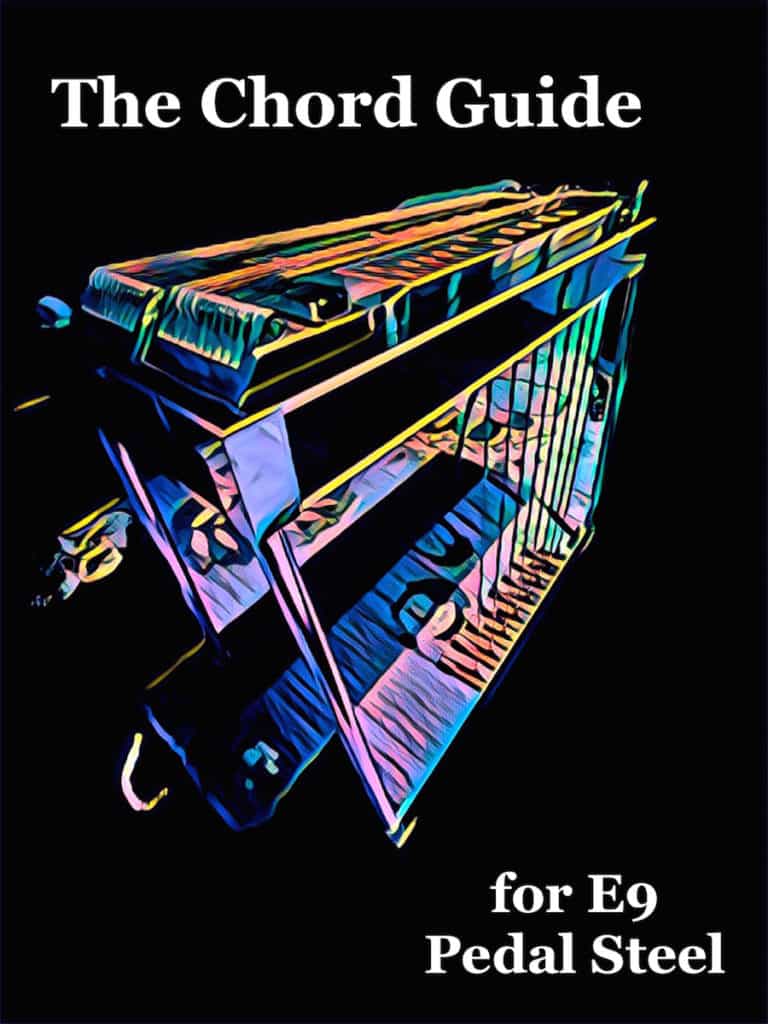
Learn the chords on the E9 neck in a way that makes playing simple and enjoyable…
- Almost Every Chord You’ll Ever Need for E9
- Intuitive and Easy to Use
- Make Use of Pedal and Lever Combinations
- Example Tabs of Chord Movements
- Easily Utilize the Nashville Number System
- Great For Any Key and Style of Music
Includes a bonus section of over a hundred pages of extra chord charts, key references, and more!
You may also like…
200 Country Riffs & Licks for E9 Pedal Steel
Add these country licks to your playing repertoire…
- Easy to Read Format
- Includes Rhythmic Notation
- Playing Over Chord Changes
- Great for Country, Alt-Country, & Honky-Tonk Styles
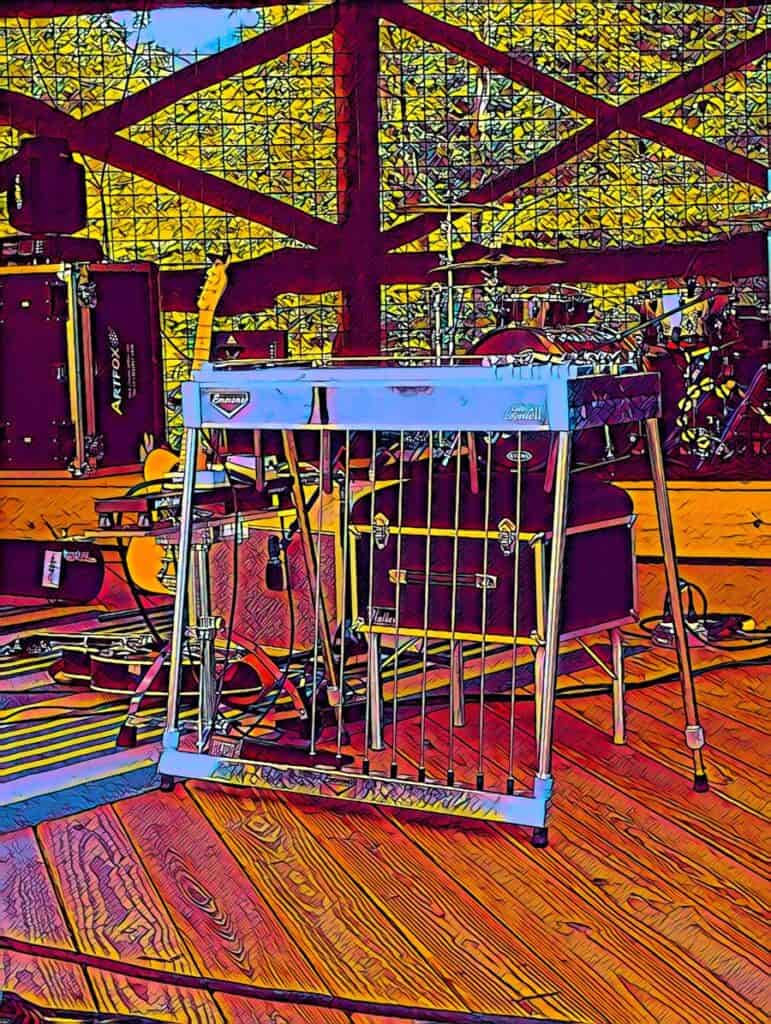

The Scale Book for E9 Pedal Steel
Over 1,000 Pages with Tabs and Diagrams!
- Easy to Use Reference for Practicing
- All Major and Minor Pentatonic Scales, Modes, Major Scales
- All Keys, and Covers the Fretboard
- Includes Pockets of Scales
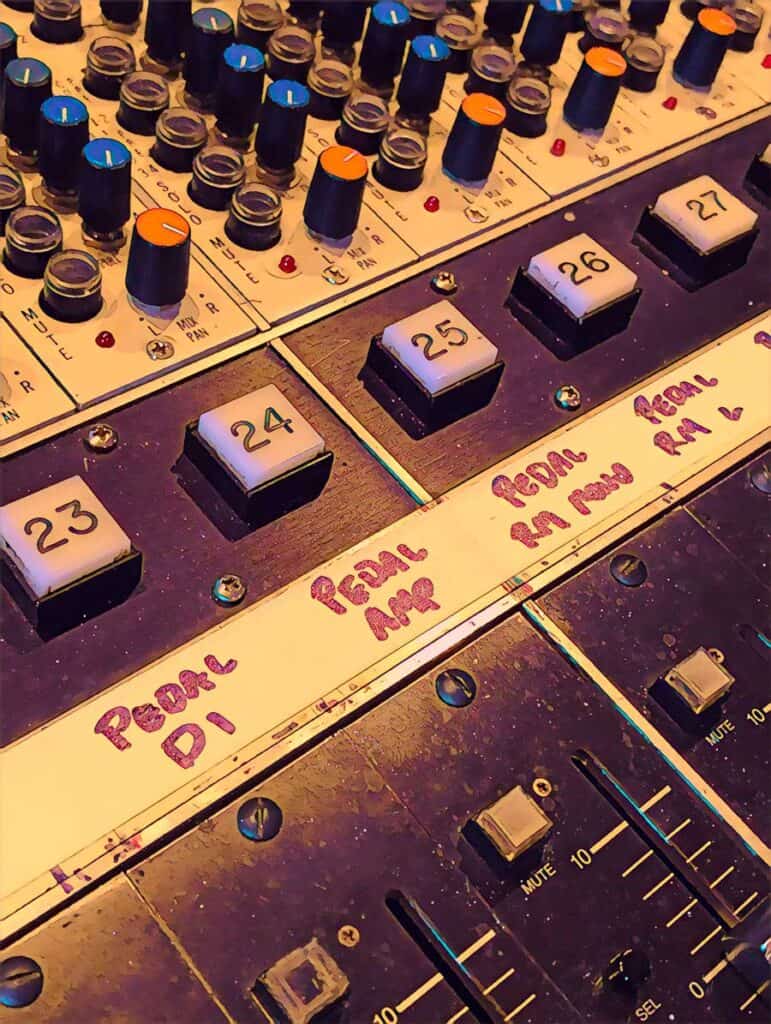
Harmonized 6ths
- Hundreds of Riffs, Licks, and More
- How To Play Sixth Intervals on the E9 Neck – Over Any Chord
- Utilizes The Pedals and Knee Levers
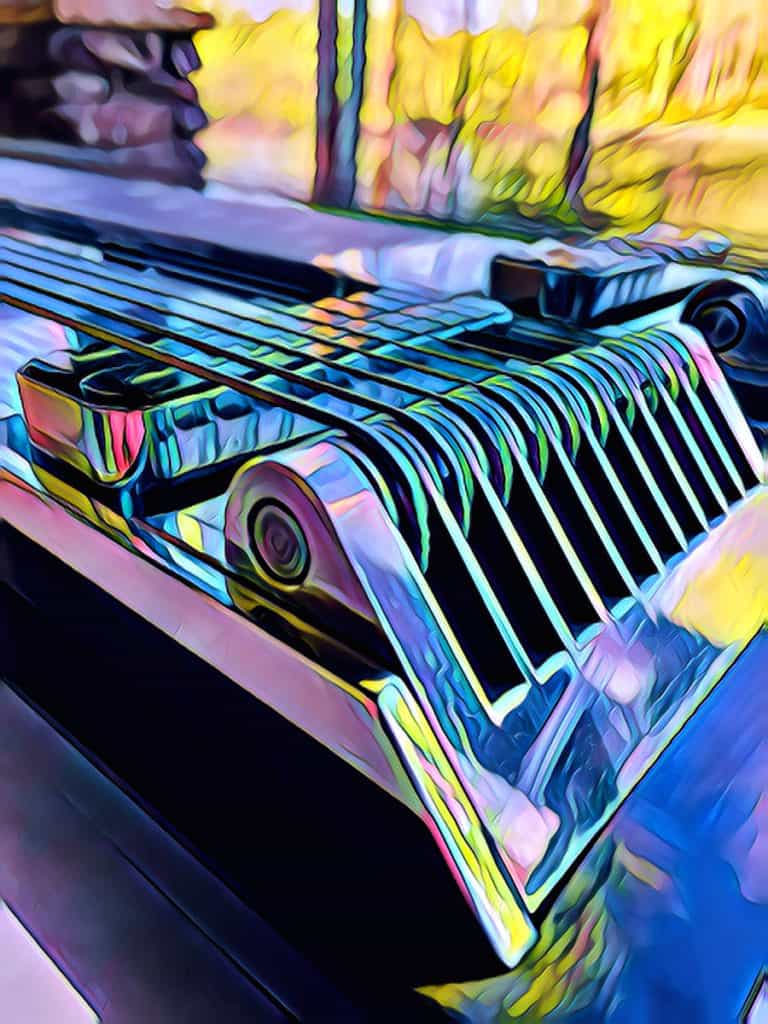
Right Hand Picking & Blocking
- An In-Depth Guide to Picking and Blocking
- Perfect Your Technique
- Includes Graphics, Illustrations, & Practice Exercises
